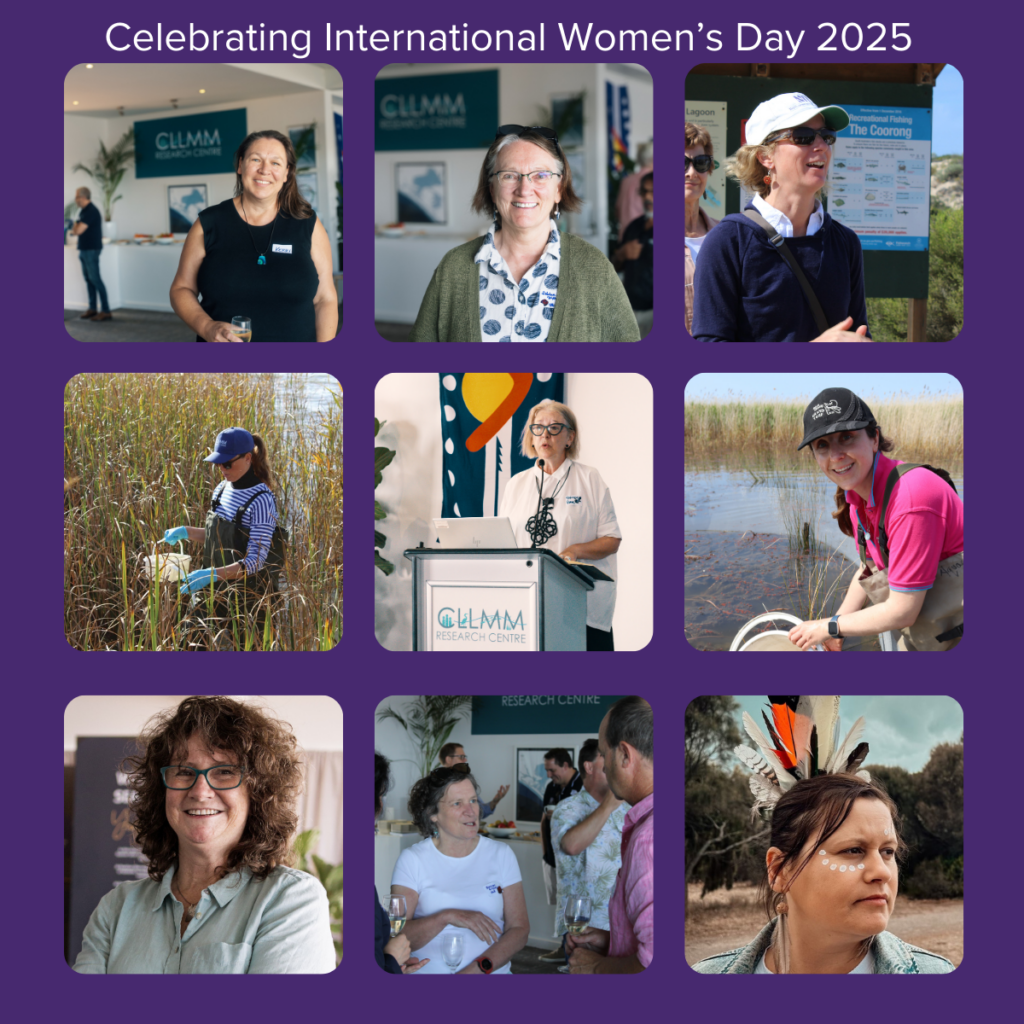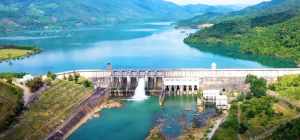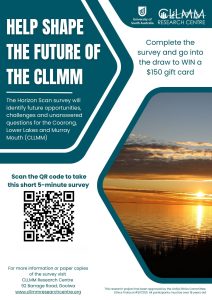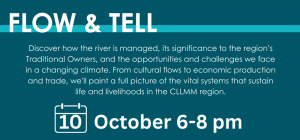This week, in celebration of International Women’s Day, we’ve been shining a spotlight on some of the incredible women driving innovation across the Goyder Institute for Water Research and the Coorong, Lower Lakes and Murray Mouth (CLLMM) Research Centre.
Their groundbreaking work, dedication, and passion are helping to advance our understanding of complex climate change challenges in the CLLMM region.
We’re proud to support a culture of inclusivity, equality, and empowerment, and we celebrate the vital role that women play in shaping the future of water research and related fields.
Meet five of our trailblazing researchers and discover their groundbreaking projects and what drives them:
???? Sylvia Zukowski, Nature Glenelg Trust
???? Margaret Shanafield, Flinders University
????️ Bronwyn Gillanders, Environment Institute, University of Adelaide
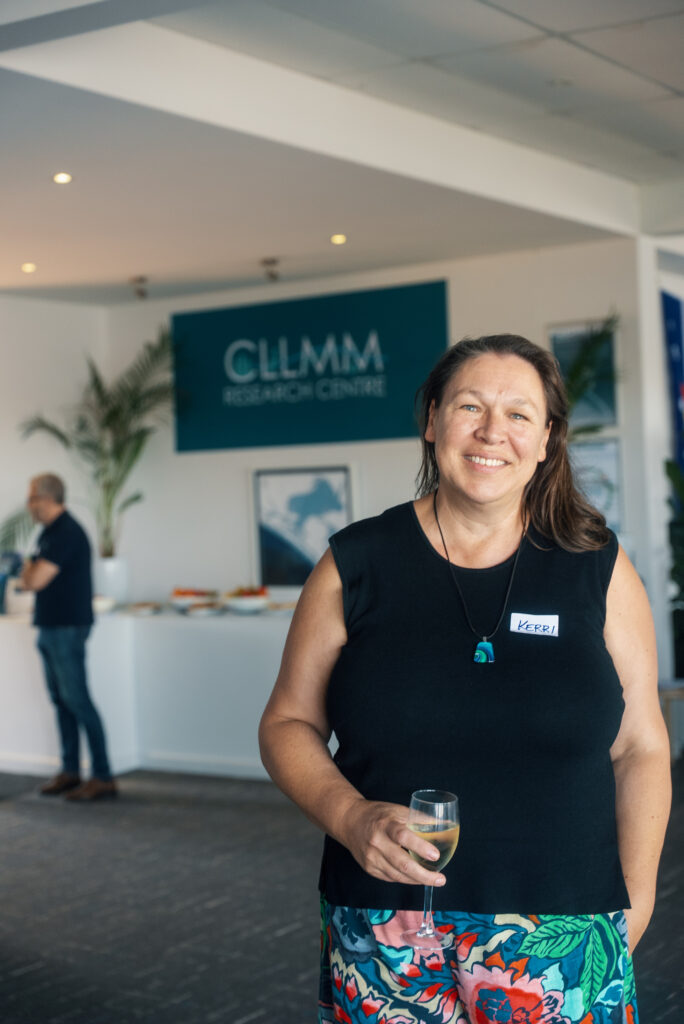
???? Dr. Kerri Muller, AU2100
Projects: Blue and teal carbon, Community adaptation to floods and droughts, Landscape revegetation, Climatic extreme synthesis and Optimising water management.
Can you describe your project in 2 short sentences? I am lucky enough to be working across five projects. As an ecologist and water manager, my job is to help make sure that different projects have a similar grounding in terms of how the ecosystem might respond to change and how it has changed over time.
What impact/ benefit will this research bring to the region? Our region is very dynamic and constantly changing. Our research will help everyone understand what we know now and how we think things might change. In the future, people can look back and see if we got it right.
Whereabouts in the region is the research being done. Across the whole site from below Lock 1 on the River Murray across the wetlands, lakes and Coorong lagoons and out to sea, and also down into the south-east and up into the Mount Lofty Ranges. I am very lucky to be able work on the whole system. When we use science to help manage very altered wetlands of international importance, like CLLMM, with very little water we are always having to make trade-offs so keeping in touch with ecosystem condition and how species are tracking across the system is very important to me as an expert providing advice.
Is there potential for the community to be involved in your project? Absolutely. One of the projects I am working on is a community creative project where community members will actually work together to develop a creative artefact. The others involve specific landholders and community groups, but I always enjoy community events where we bring the science to the people. It is always an invigorating, two-way sharing of knowledge and passion for this incredible country, Ngarrindjeri Ruwe.
What are the things that drive you? Ecology and ecosystems are everywhere and so I am always immersed in “work”. If you think about it, I am an ecosystem myself within the vast CLLMM ecosystem so everything I do is linked to my passion for ecology in some way. My favourite ways to connect to Ngarrindjeri Ruwe, however, are sitting on my back veranda surrounded by woodlands birds and dancing on the beach at dawn with a tribe of wild women! ![]()

???? Sabine Dittmann, Flinders University
Project: Blue and Teal Carbon
Can you describe your project in 2 short sentences? Wetlands can be part of the solution to reduce carbon dioxides from the atmosphere by storing it in soils and biomass. We explore the benefits for people and nature from this carbon capture in natural and restored wetlands in the Coorong and Lower Lakes.
What impact/ benefit will this research bring to the region? The research will lay foundations for gaining carbon and biodiversity credits from future wetland restoration in the CLLMM region.
Whereabouts in the region is the research being done. We will analyse saltmarsh and swamp paperbark forests as well as reed beds in both the Coorong and around the Lower Lakes. Our sites will include existing and restored wetlands.
Is there potential for the community to be involved in your project? We welcome community to join us on field trips and learn methods to determine carbon stocks from plant and soil measurements. Some ongoing monitoring can be done through citizen science, and this training will be a foundation.
What drives you? I am passionate about tidal wetlands, the dynamic and surprises they harbour, and their hidden beauty.
Let’s continue to celebrate and support the achievements of women in research every day!
